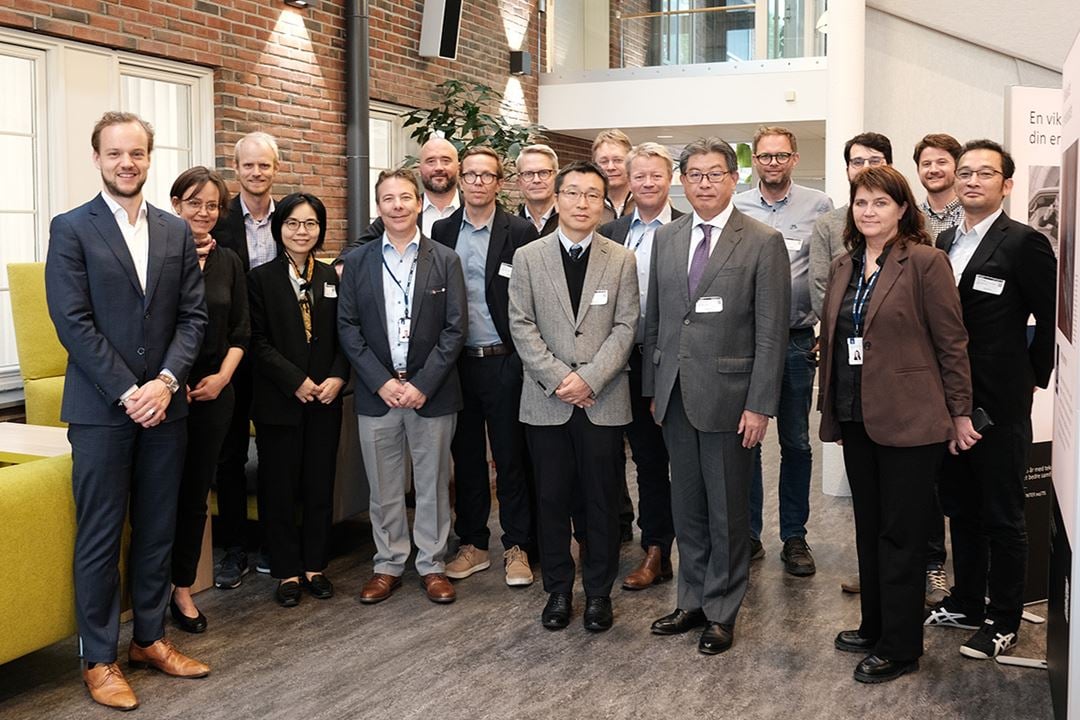The International Energy Agency (IEA) is a global organization that works with countries to shape energy policies for a resilient and sustainable future. Through its Hydrogen Technology Collaboration Program (TCP), the IEA aims to speed up the development and use of safe and sustainable technologies for production, storage, and delivery of clean and affordable hydrogen.
Hydrogen is a versatile energy carrier that can help reduce emissions in a wide range of sectors. It can help make key industrial processes greener, be used to generate power in power plants, operate heavy transport at road, sea and in the air, and provide buildings with heat. It can be used directly as an input factor and as an energy carrier in derivates like ammonia and methanol.
Hydrogen and ammonia initiatives are gaining traction word-wide, and many countries are working to build full-scale hydrogen infrastructures – from developing new hydrogen technologies to production, distribution and use. However, to unlock hydrogen’s full potential, it’s essential to understand what drives progress and how to overcome the remaining challenges to commercialization.
IEA workshop held at SINTEF
Through Task 50, IEA Hydrogen TCP is providing deeper insights into the costs and carbon emissions of emerging global hydrogen supply chains. Recently, leading Norwegian companies, funding agencies, and IEA representatives met at SINTEF to exchange knowledge and explore the future of global hydrogen supply chains.
SINTEF has been a key player in European hydrogen research for over 20 years, spanning from material development and pilot projects to large-scale demonstrations and market deployment. We have taken part in more than 40 projects funded by the European Hydrogen Partnership.
SINTEF has also a key role in IEA Hydrogen TCP Task 50, leading the Subtask on Carbon Intensity Analyses.
– We were also contributing to the establishment of Task 50, in close collaboration with the Japanese Operating Agent, Steffen Møller-Holst, Vice President Marketing at SINTEF, says.
At the workshop, participants shared status, recent findings and measures for reducing costs based on modelling and analyses. While initial studies show promising potential for scaling up low-emission hydrogen by 2030, time is running short for investment decisions. Several early-stage hydrogen projects are facing delays or cancellations due to regulatory barriers, technical and financial challenges, and a hesitating demand side and the lack of offtake agreements.
Hydrogen pioneers
Japan and the Netherlands are among the countries participating in the task. Japan has long been a pioneer in the hydrogen field and was the first country to launch a national hydrogen strategy in 2017.
– While challenges remain in deploying low-emission hydrogen, I believe Japan is making solid progress towards the implementation of robust support measures aimed at building supply chains for low-emission hydrogen. These efforts are closely aligned with the country’s broader long-term climate goals toward achieving net-zero emissions, Yoko Nobuoka, Project Associate Professor at the University of Tokyo, says.
The Netherlands is now Europe’s second-largest producer and consumer of hydrogen, with significant progress in building large scale facilities. The country aims to become a hub for hydrogen imports to maintain its position as a key player in energy imports in Northwestern Europe. To realize this ambition, several initiatives have been put in place, such as agreements with several countries inside and outside of Europe have been made to set up international hydrogen corridors. Also, the Sustainable Hydrogen Import Netherlands (SHIPNL) has been set up. This is a knowledge exchange platform between companies and government institutions to support policymaking.
Ports like the Port of Rotterdam have made strategies and plans for hydrogen import. However, actual projects have proved difficult to realize due to lack in market demand, insufficient access to financing, uncertainties around critical infrastructure and the availability of renewable electricity and too high production costs for green hydrogen. Projects need to be derisked to get hydrogen imports off the ground.
– The Netherlands is making strides towards hydrogen import, but more is needed to get actual import projects off the ground, says Benjamin Schoemaker, researcher and consultant at TNO Vector.



